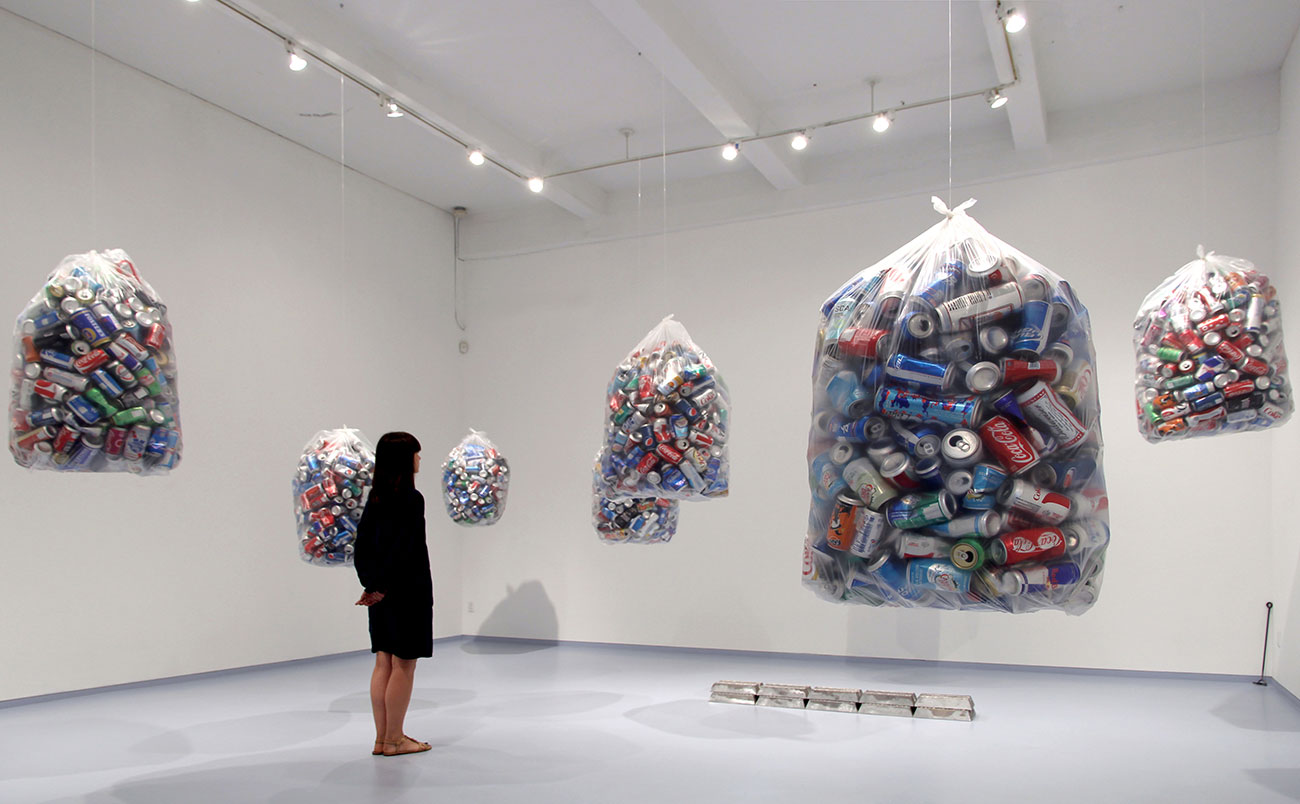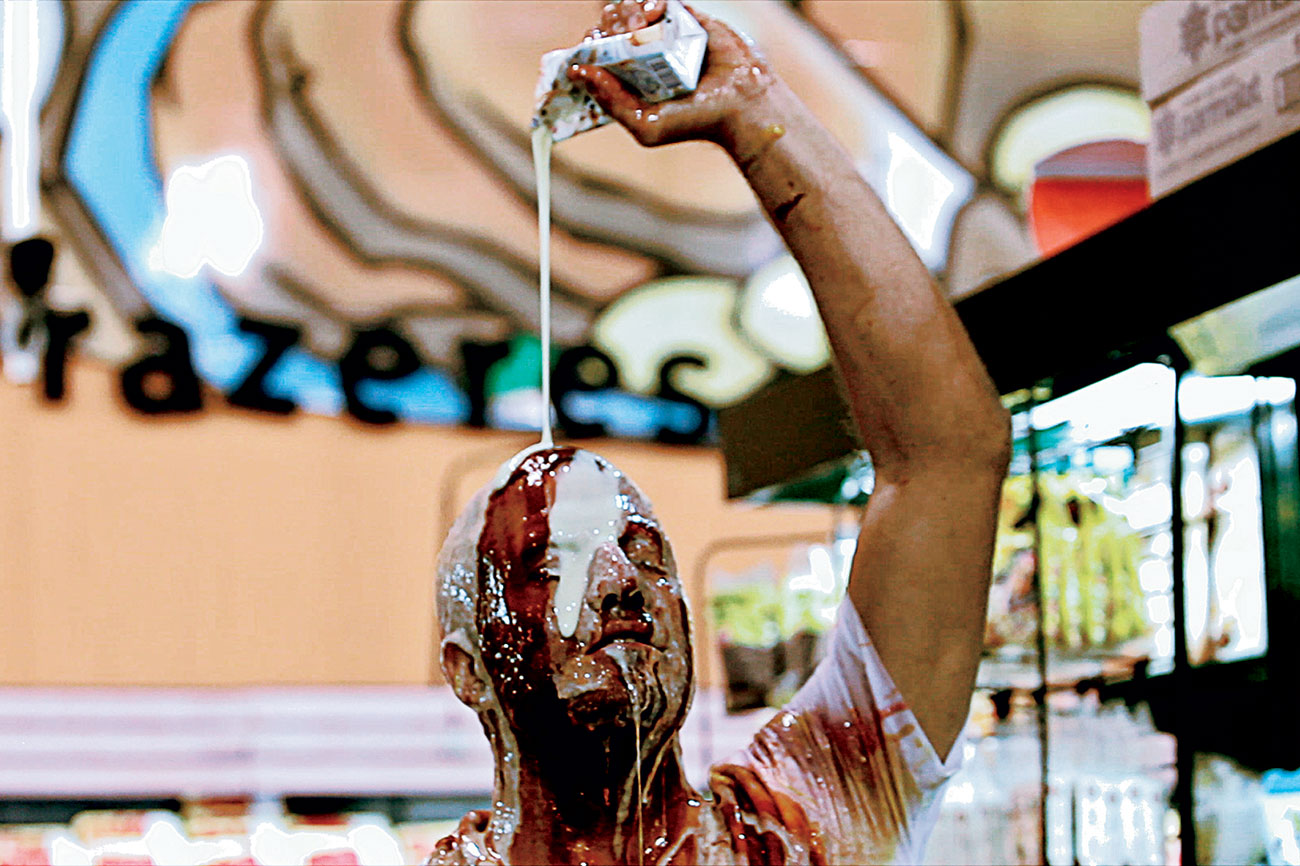Food : produire, manger, consommer



37 artists from five continents present the fruits of their labours on the different questions and issues linked directly or indirectly to food : the consequences of climate change, the poisoning of agricultural produce, unequal distribution of food, soil conservation, choice of foods, cuisines and rituals of eating and sharing food.
Among them, five artists- John Armleder, Stefano Boccalini, Antoni Miralda, Angelo Plessas, Barthélémy Toguo- present original installations with key objects chosen from the Mucem collections.
The ensemble creates a multidisciplinary dialogue that includes historical and contemporary works as well as everyday objects.
General Curator: Adelina von Fürstenberg, director of ART for The World (Geneva-Milan)
Associate Curators, Mucem: Émilie Girard, curator, head of the Centre for Conservation and Resources; Jean-Roch Bouiller, curator, head of Contemporary Art; Édouard de Laubrie, head of Collections and Research
Scenography and signage: the architect Uliva Velo (Florence)
General coordination: Éric Binnert, Agence Pièces montées (Paris)
Assistant ART for The World : Camilla Salvaneschi (Geneva-Milan)
Exhibition logo: Angelo Plessas (Athens)
Co-production: Musée Ariana, Genève (December 2012 – March 2013), SESC Pinheiros, São Paulo (February 2014 – May 2014)
37 artists from five continents present the fruits of their labours on the different questions and issues linked directly or indirectly to food : the consequences of climate change, the poisoning of agricultural produce, unequal distribution of food, soil conservation, choice of foods, cuisines and rituals of eating and sharing food.
Among them, five artists- John Armleder, Stefano Boccalini, Antoni Miralda, Angelo Plessas, Barthélémy Toguo- present original installations with key objects chosen from the Mucem collections.
The ensemble creates a multidisciplinary dialogue that includes historical and contemporary works as well as everyday objects.
General Curator: Adelina von Fürstenberg, director of ART for The World (Geneva-Milan)
Associate Curators, Mucem: Émilie Girard, curator, head of the Centre for Conservation and Resources; Jean-Roch Bouiller, curator, head of Contemporary Art; Édouard de Laubrie, head of Collections and Research
Scenography and signage: the architect Uliva Velo (Florence)
General coordination: Éric Binnert, Agence Pièces montées (Paris)
Assistant ART for The World : Camilla Salvaneschi (Geneva-Milan)
Exhibition logo: Angelo Plessas (Athens)
Co-production: Musée Ariana, Genève (December 2012 – March 2013), SESC Pinheiros, São Paulo (February 2014 – May 2014)

